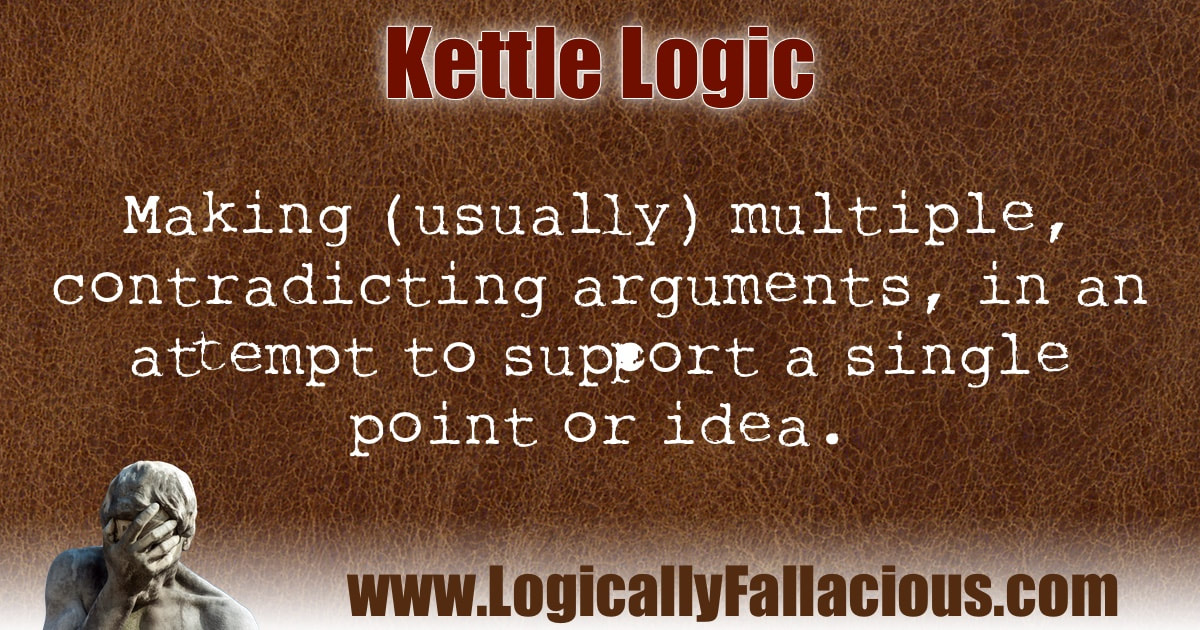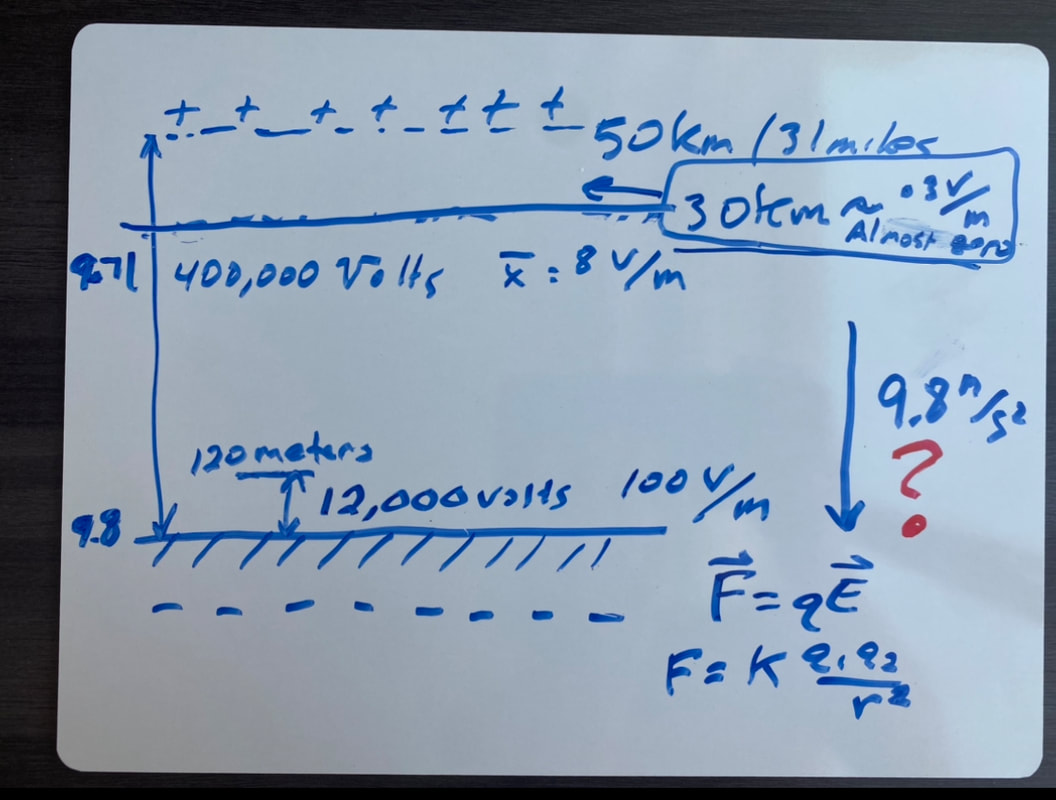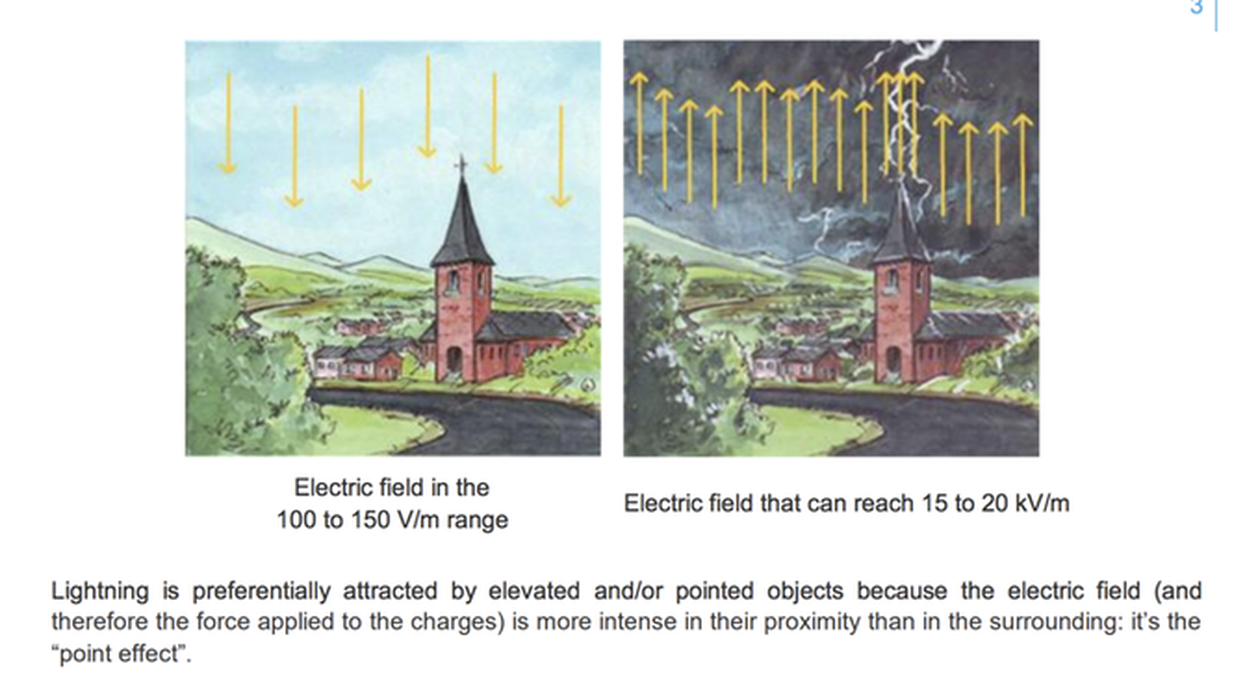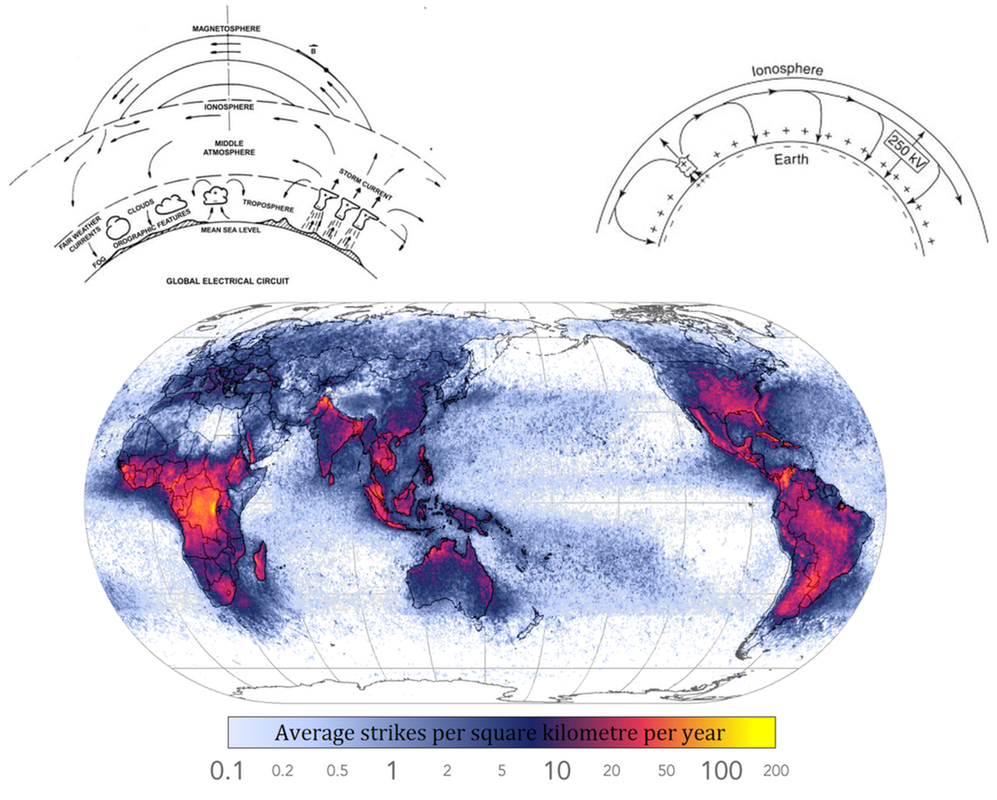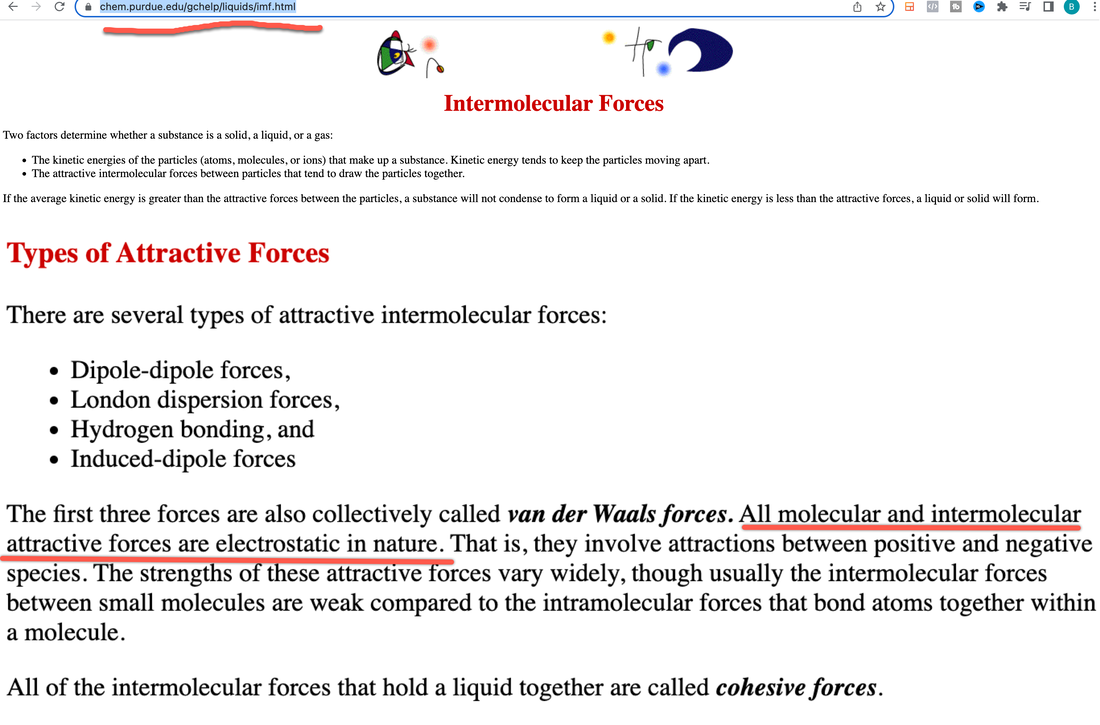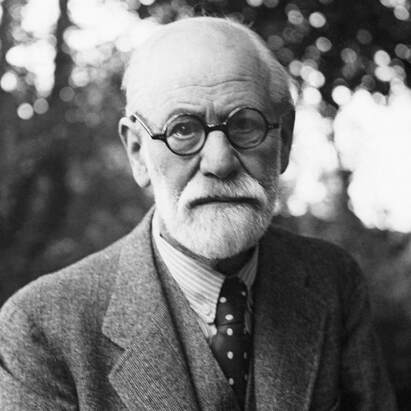
Kettle logic is making multiple contradicting arguments in an attempt to support a single point or idea.
The term kettle logic was first used by Sigmund Freud in a story about a man accused of damaging a kettle. The man gave three defenses.
1. He had returned the kettle undamaged.
2. It was already damaged when he borrowed it.
3. He never borrowed it in the first place.
Each statement on its own is a potential defense, however since they contradict each other, the defense is highly suspect.
The term kettle logic was first used by Sigmund Freud in a story about a man accused of damaging a kettle. The man gave three defenses.
1. He had returned the kettle undamaged.
2. It was already damaged when he borrowed it.
3. He never borrowed it in the first place.
Each statement on its own is a potential defense, however since they contradict each other, the defense is highly suspect.
Kettle logic occurs very frequently in the flat-Earth community. If they meet a natural phenomenon cannot readily be explained using the flat-Earth model, they would often devise ‘experimental models’ to ‘explain’ how the said phenomenon can happen in a flat-Earth.
The problem? These models are in conflict with each other.
In this video we'll see Witsit use Kettle Logic with his failed Electrostatics Model of Gravity.
There are three situations
1) Electrostatics has to be weak to explain downward bias and thunderstorm contradictions
2) Electrostatics has to be stronger than Gravity to replace it and dominate on earth walter lewin
3) Electrostatics has to be always attractive
The problem? These models are in conflict with each other.
In this video we'll see Witsit use Kettle Logic with his failed Electrostatics Model of Gravity.
There are three situations
1) Electrostatics has to be weak to explain downward bias and thunderstorm contradictions
2) Electrostatics has to be stronger than Gravity to replace it and dominate on earth walter lewin
3) Electrostatics has to be always attractive
What holds our world together?
1) On the nuclear scale 10^-12 cm, it is the nuclear forces
2) On the atomic scale up to thousands of kilometers, it is really electric forces that hold our world together.
3) But on a much larger scale, planets and stars in the galaxy, it is gravity that holds our world together.
Because Witsit says everything is electrostatic, he is forced to admit the contradiction that it is both very very very very weak and also 10^36 stronger than gravity. These contradictions o
1) On the nuclear scale 10^-12 cm, it is the nuclear forces
2) On the atomic scale up to thousands of kilometers, it is really electric forces that hold our world together.
3) But on a much larger scale, planets and stars in the galaxy, it is gravity that holds our world together.
Because Witsit says everything is electrostatic, he is forced to admit the contradiction that it is both very very very very weak and also 10^36 stronger than gravity. These contradictions o
Electrostatic Force. Which is it Witsit?
A. OR Is it Very Very Very Very Weak? To Explain Thunderstorms
B. Is it Super Strong? - To Explain Why It Can't Be Gravity
"All molecular and intermolecular forces are electrostatic in nature"
-purdue university (emphasis CHEMISTRY DEPT)
https://www.chem.purdue.edu/gchelp/liquids/imf.html
ANS:
Three types of intermolecular forces
1) dipole-dipole
2) London dispersion
3) Hydrogren bonding
Molecular Bonds
1) Ionic
2) Covalent
3) Molecular
-purdue university (emphasis CHEMISTRY DEPT)
https://www.chem.purdue.edu/gchelp/liquids/imf.html
ANS:
Three types of intermolecular forces
1) dipole-dipole
2) London dispersion
3) Hydrogren bonding
Molecular Bonds
1) Ionic
2) Covalent
3) Molecular
The Strong Force is NOT electromagnetism
Mass Charge = Gravitational Force = Always attractive
Electric Charge = Mass + Electric Charge = Elecromagnetic Force = Attractive or Repulsive
Color Charge = Mass + Electric Charge + Color Charge = Strong Nuclear Force = Three Color Charges + Three Color Forces (Strong Force).
Nuclear Force
The strong interaction is observable at two ranges and mediated by two force carriers. On a larger scale (of about 1 to 3 femtometer), it is the force (carried by mesons) that binds protons and neutrons (nucleons) together to form the nucleus of an atom. On the smaller scale (less than about 0.8 fm, the radius of a nucleon), it is the force (carried by gluons) that holds quarks together to form protons, neutrons, and other hadron particles.[2] In the latter context, it is often known as the color force.
The nuclear force is powerfully attractive between nucleons at distances of about 1 femtometre (fm, or 10−15 metre), but it rapidly decreases to insignificance at distances beyond about 2.5 fm. At distances less than 0.7 fm, the nuclear force becomes repulsive. This repulsion is responsible for the size of nuclei, since nucleons can come no closer than the force allows.
Strong interactions aren't electrostatic and that's because their stronger than the electromagnetism. When you look at a proton, it has two valence quarks and two of those quarks have a +2/3 electric charge and the other has a -1/3 electric charge. So why do the two +2/3 charges not repel each other? Because strong interactions holding them together are stronger than electromagnetism.
In fact the structure of most matter in the universe is a result of strong interactions, not electromagnetism.
Electromagnetism at the atomic level deals with things like the Pauli exclusion principle, electron orbitals and things like that, which is important. But when you talk about the fundamental nature of matter, that is strong interactions not electromagnetism.
Mass Charge = Gravitational Force = Always attractive
Electric Charge = Mass + Electric Charge = Elecromagnetic Force = Attractive or Repulsive
Color Charge = Mass + Electric Charge + Color Charge = Strong Nuclear Force = Three Color Charges + Three Color Forces (Strong Force).
Nuclear Force
The strong interaction is observable at two ranges and mediated by two force carriers. On a larger scale (of about 1 to 3 femtometer), it is the force (carried by mesons) that binds protons and neutrons (nucleons) together to form the nucleus of an atom. On the smaller scale (less than about 0.8 fm, the radius of a nucleon), it is the force (carried by gluons) that holds quarks together to form protons, neutrons, and other hadron particles.[2] In the latter context, it is often known as the color force.
The nuclear force is powerfully attractive between nucleons at distances of about 1 femtometre (fm, or 10−15 metre), but it rapidly decreases to insignificance at distances beyond about 2.5 fm. At distances less than 0.7 fm, the nuclear force becomes repulsive. This repulsion is responsible for the size of nuclei, since nucleons can come no closer than the force allows.
Strong interactions aren't electrostatic and that's because their stronger than the electromagnetism. When you look at a proton, it has two valence quarks and two of those quarks have a +2/3 electric charge and the other has a -1/3 electric charge. So why do the two +2/3 charges not repel each other? Because strong interactions holding them together are stronger than electromagnetism.
In fact the structure of most matter in the universe is a result of strong interactions, not electromagnetism.
Electromagnetism at the atomic level deals with things like the Pauli exclusion principle, electron orbitals and things like that, which is important. But when you talk about the fundamental nature of matter, that is strong interactions not electromagnetism.
C. Charges Always Attract - To Explain Nuclear Forces
D. The is no such thing as positive and negative charge
Electrostatic force causes negatively charged pollen from a flower to stick to the positively charged hairs of a honeybee. That's helpful for the bee, because bees use pollen as a food source. Electrostatic force helps a bee collect pollen and bring it back to the hive to share.
Electrostatic force causes negatively charged pollen from a flower to stick to the positively charged hairs of a honeybee. That's helpful for the bee, because bees use pollen as a food source. Electrostatic force helps a bee collect pollen and bring it back to the hive to share.
Example 1: In a flat-Earth, the area of the Earth that is in the daytime and those at night are not split evenly. Solution: they created a flat-Earth model with a glass dome on top and used a flashlight as the Sun.
Example 2: In “shadow of a stick” experiments done in multiple locations, sun rays do not converge to a single point of the Sun. Solution: they created a model where they used a concave lens between the Sun and the surface.
Example 3: A sunset can never happen on a flat Earth. Solution: they created a model where they used a Fresnel lens between the Sun and the observer.
All of these ‘solutions’ can only ‘explain’ a particular phenomenon but conflict with each other. These ‘solutions’ cannot possibly coexist.
These ‘experimental models’ can only be regarded as far as hypotheses. They still need to prove if the models represent reality. But they jumped to conclusions, and take the models as ‘evidence’ of a flat Earth. Even taking those as hypotheses are too far. Any hypothesis needs to be consistent with every related observation, or at least not in conflict.
Flat-Earthers are happy to invent a specific ‘explanation’ for every single specific phenomenon, and if another problem arises, they would plug that up with another ‘explanation’, and so on. Meanwhile, most of these ‘explanations’ are actually in conflict, and cannot possibly coexist with each other.
In other words, they resort to kettle logic to present their arguments, and thus, the explanations are invalid.

